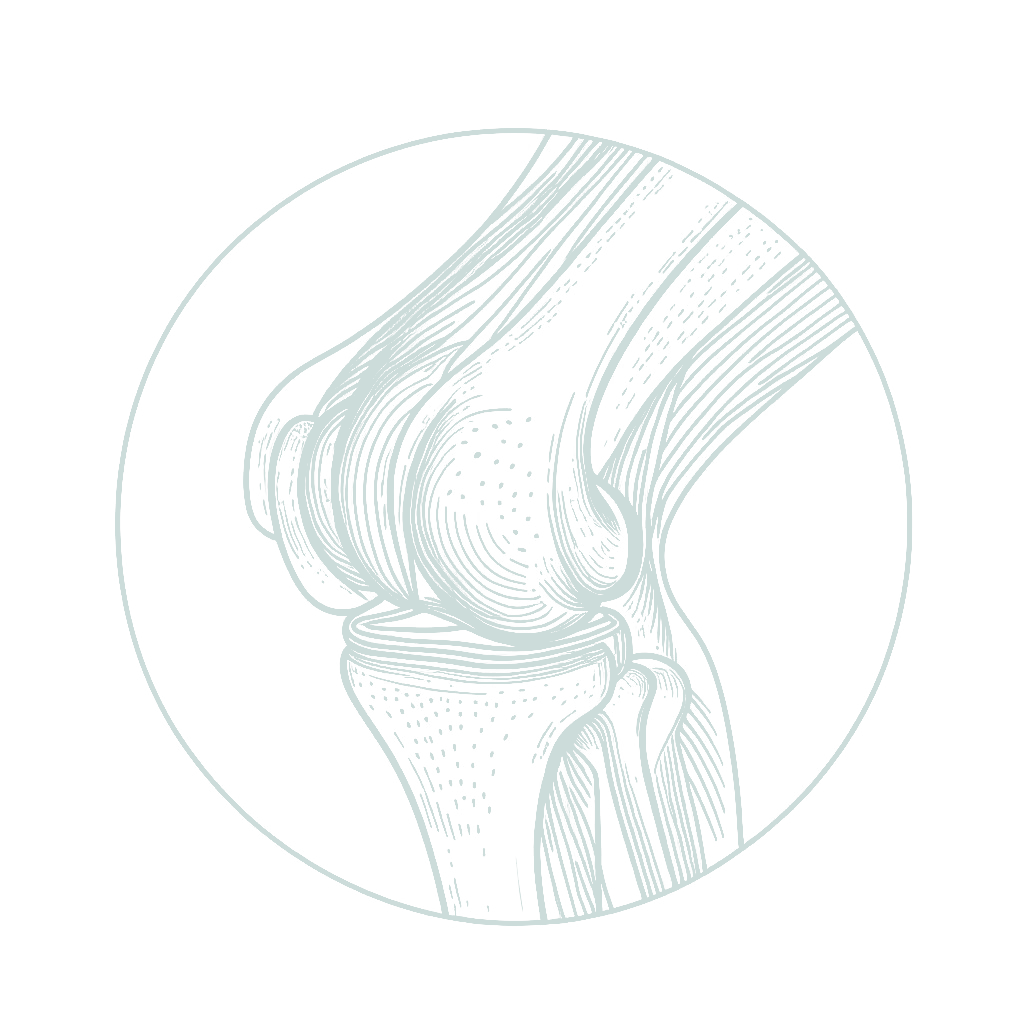Arthroscopy of the Knee Joint
Dr Myles Coolican
Knee arthroscopy is common, and millions of procedures are performed each year around the world. Dr Coolican performs most knee arthroscopies as day surgery and it is usually done under general anaesthesia.

Knee arthroscopy is useful in evaluating and treating the following conditions:
- Torn floating cartilage (meniscus): The cartilage is trimmed to a stable rim or occasionally repaired
- Torn surface (articular) cartilage
- Removal of loose bodies (cartilage or bone that has broken off) and cysts
- Reconstruction of the Anterior Cruciate ligament
- Patello-femoral (knee-cap) disorders
- Washout of infected knees
- General diagnostic purposes
What investigations are performed prior to a knee arthroscopy?
A routine X-Ray of the knee, which includes a standing weight-bearing view is usually required. An MRI scan which looks at the cartilages and soft tissues may be needed if the diagnosis is unclear. There is little value in the use of ultrasound in investigating knee problems.
How should I prepare for a knee arthroscopy?
Please stop taking aspirin and anti-inflammatory medications 5 days prior to your surgery. You can continue taking all your other routine medication. If you smoke you are advised to stop a few days prior to your surgery.
You will be admitted on the day of surgery and need to remain fasted for 6 hours prior to the procedure.
The limb undergoing the procedure will be marked and identified prior to the anaesthetic being administered.
Once you are under anaesthetic, the knee is prepared in a sterile fashion. A tourniquet is placed around the thigh to allow a ‘blood – free' procedure.
The arthroscope is introduced through a small (size of a pen) incision on the outer side of the knee. A second incision on the inner side of the knee is made to introduce the instruments that allow examination of the joint and treatment of the problem.
What should I expect after a knee arthroscopy?
You will wake up in the recovery room and then be transferred back to the ward. A bandage will be around the operated knee. Once you are recovered, your IV will be removed and you will be shown a number of exercises to do.
Dr Coolican will see you prior to discharge and explain the findings of the operation and what was done during surgery. Pain medication will be provided and should be taken as directed. You can remove the bandage in 24 hours and place waterproof dressings (provided) over the wounds.
It is NORMAL for the knee to swell after the surgery. Elevating the leg when you are seated and placing ice packs on the knee will help to reduce swelling. (Ice packs on for 20 min 3-4 times a day until swelling has reduced)
You are able to drive and return to work when comfortable unless otherwise instructed.
Please make an appointment 7-10 days after surgery to monitor your progress and remove the 2 stitches in your knee.
What are the risks of having a knee arthroscopy?
The risks and complications of arthroscopic knee surgery are extremely small. These can be grouped into risks specific to arthroscopic knee surgery and general anaesthetic risks.
Risks specific to arthroscopic knee surgery include:
- Postoperative bleeding
- Deep Vein Thrombosis
- Infection
- Stiffness
- Numbness to part of the skin near the incisions
- Injury to vessels, nerves and a chronic pain syndrome
- Progression of the disease process
General anaesthetic risks are extremely rare in Australia. Occasionally patients have some discomfort in the throat as a result of the tube that supplies oxygen and other gasses.
What is the rehab after a knee arthroscopy?
Following your surgery you will be given an instruction sheet showing exercises that are helpful in speeding up your recovery. Strengthening your thigh muscles (quadriceps and hamstrings) is most important. Swimming and cycling (stationary or road) are excellent ways to build these muscles up and improve movement.
Knee arthroscopy FAQ
How long am I in the hospital?
Approximately 4 hours
Do I need crutches?
Usually not required (Unless you are having Anterior Cruciate Ligament Reconstruction)
When can I get the knee wet?
After 24 hrs remove the bandage and apply a waterproof dressing.
When can I drive?
After 24 hrs if the knee is comfortable.
When can I return to work?
When the knee feels reasonably comfortable.
When can I swim?
After removal of the stitches.
How long will my knee take to recover?
Depending on the findings and surgery, usually 4 to 6 weeks following the surgery.
When can I return to sports?
Depending on the findings, 4-6 weeks after surgery.
If you would like to know if a knee arthroscopy would be suitable in your specific situation, please book an appointment with knee surgeon, Dr Myles Coolican for an expert assessment.
For all appointments and enquiries, please call (02) 9904 6099
8:30am to 5:30pm - Monday to Friday
Level 2, The Landmark
500 Pacific Highway
St Leonards NSW 2065
Getting Here
© 2011- Dr Myles Coolican